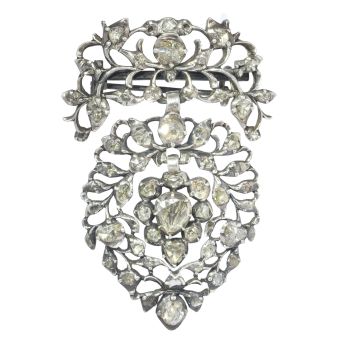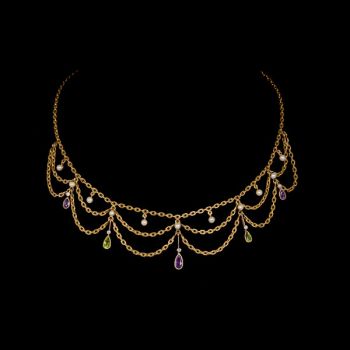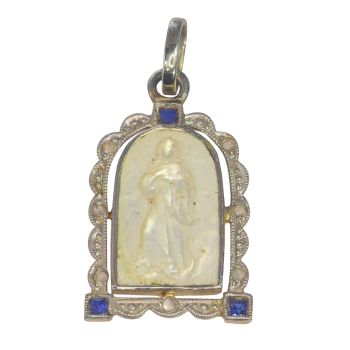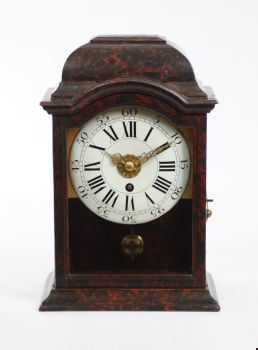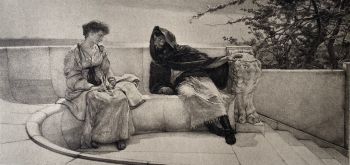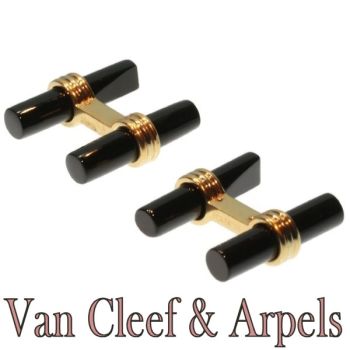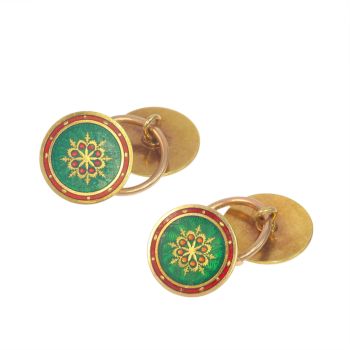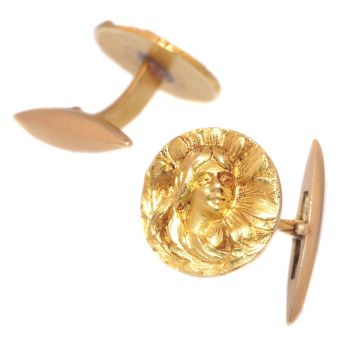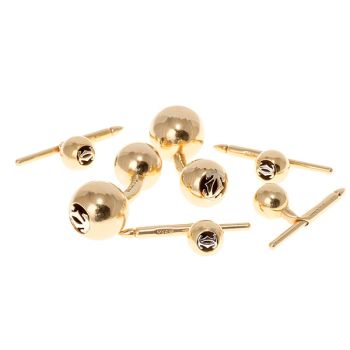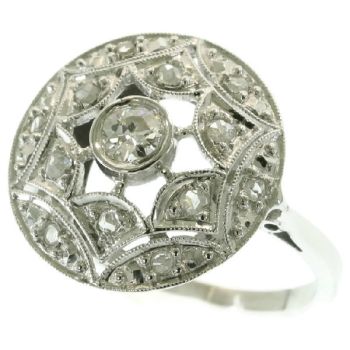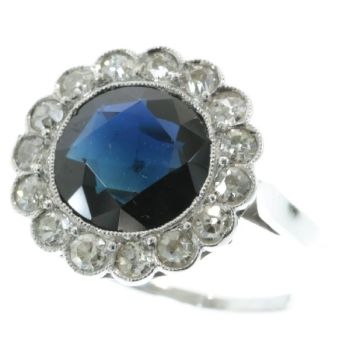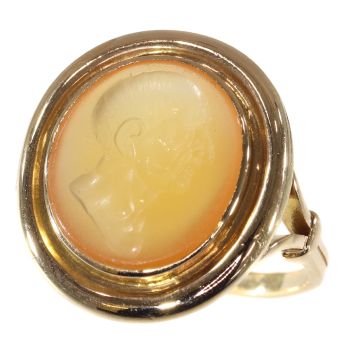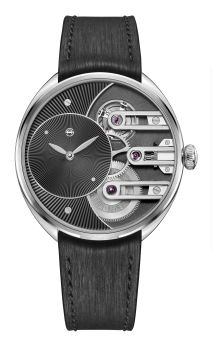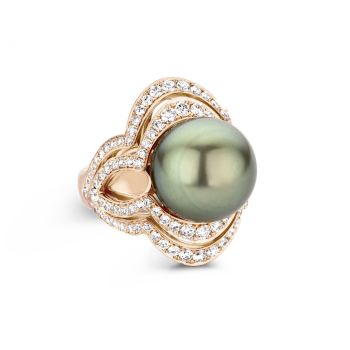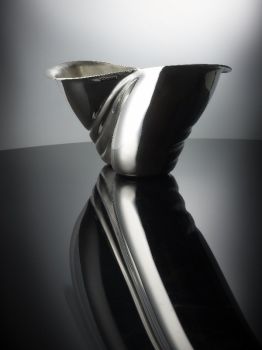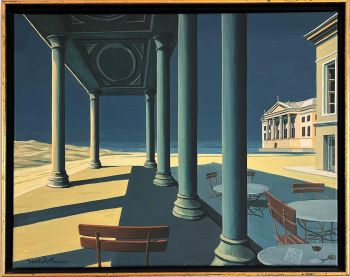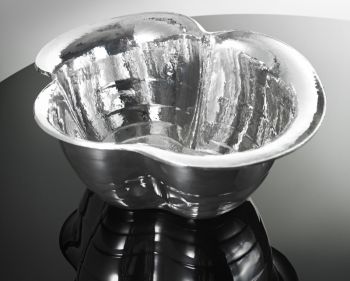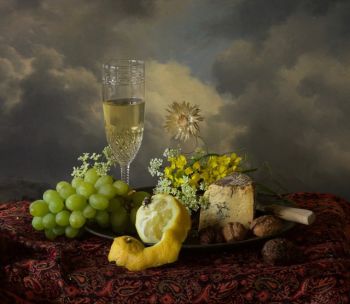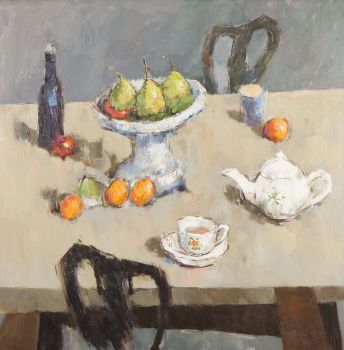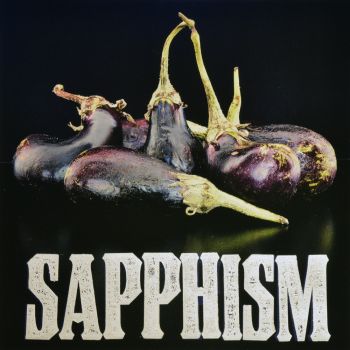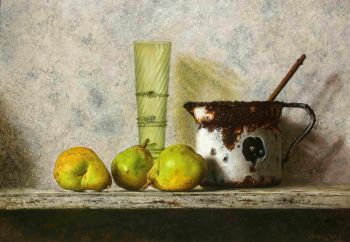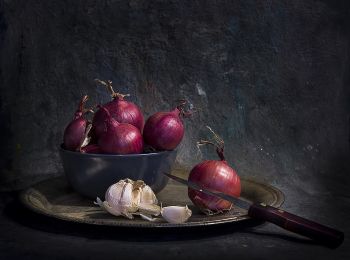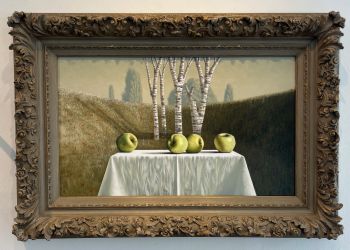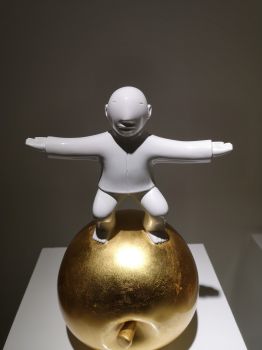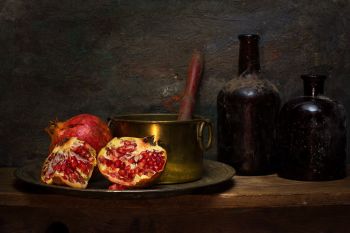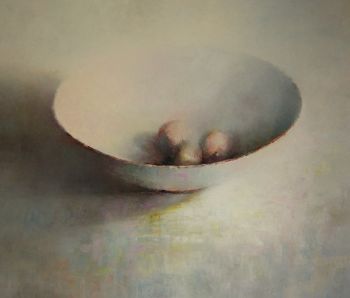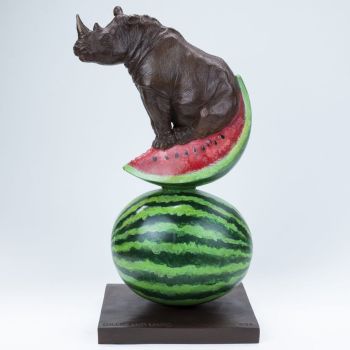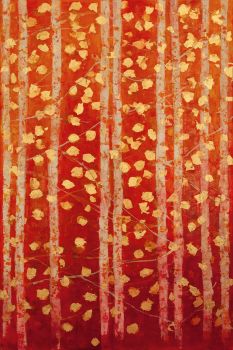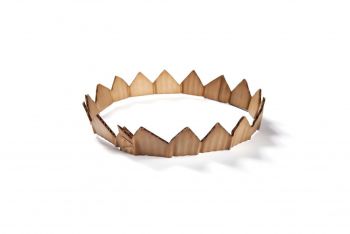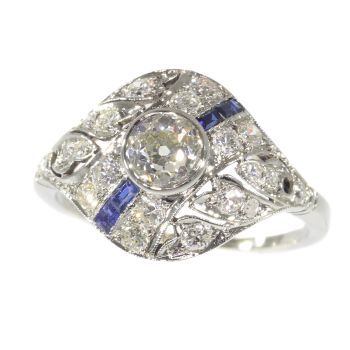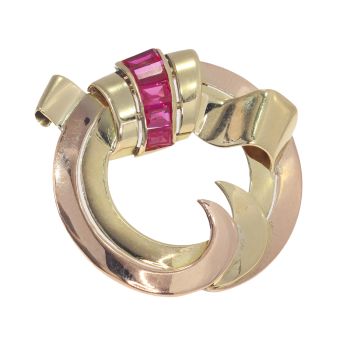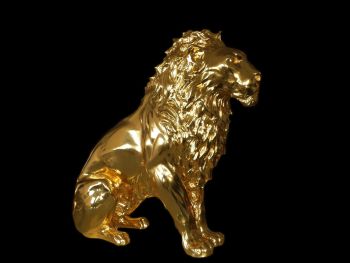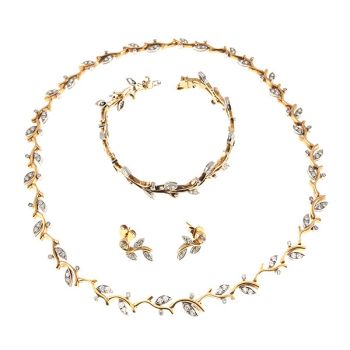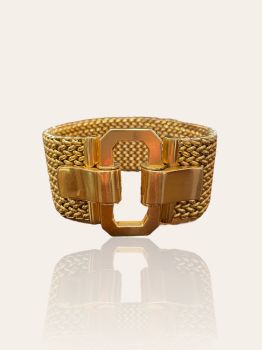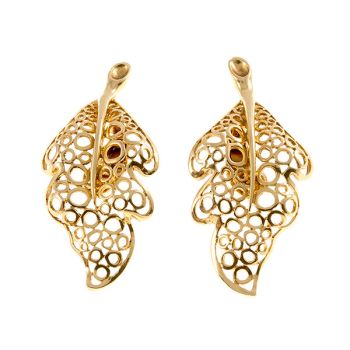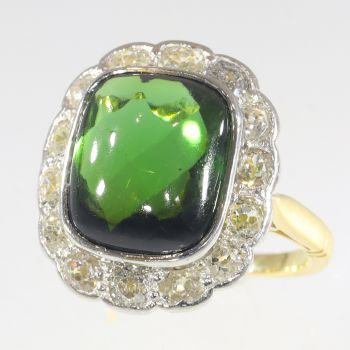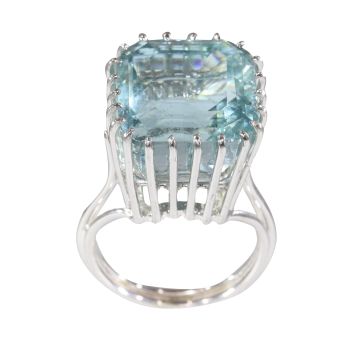Abotoaduras antigas Máscara francesa em ouro amarelo 18K 1880
Artista Desconhecido
Ouro
€ 5.650
Adin Fine Antique Jewellery
- Sobre arte
These unique 18K yellow gold French Victorian cufflinks from 1890 depict four grinning portraits resembling characters from Ancient Greek comedy and tragedy theatre. Through a cable chain, one cufflink connects assumingly a Satyr with horns and pointyears to a devilish persona with pointed ears as well and fangs. As for the other cufflink, the portrait of a foolish old man with a moustache, a goatee and horns fit to impersonate Dionysos, the Greek god of wine, is hanging besides a feminine face withpointed ears resembling Medusa or a female worshipper of Dionysos.
With even every backside individually modelled and with the finest hinges on the back, these masculine jewels are a sample of pure French sophistication, which will assist you in any performance in this play without rehearsal that we call life.Antique jewelry object group: cufflinks
Condition: excellent condition
- (more info on our condition scale)
Country of origin: France
Style: Late-Victorian - Victorian decorative arts refers to the style of decorative arts during the Victorian era. The Victorian era is known for its eclectic revival and interpretation of historic styles and the introduction of cross-cultural influences from the middle east and Asia in furniture, fittings, and Interior decoration.
Victorian design is widely viewed as having indulged in a regrettable excess of ornament. The Arts and Crafts movement, the aesthetic movement, Anglo-Japanese style, and Art Nouveau style have their beginnings in the late Victorian era.
- See also: late-Victorianor more info on styles
Style specifics: Late Victorian / early Art Nouveau - The subject of this piece, although typical 19th Century, announces the coming of the Art Nouveau style.
Extra information: These cufflinks are a strong representation of the craftsmanship of the medallists of the Late Victorian era in France. Designers continued to use this technique of engraving medals extensively during the Art Nouveau period. The manufacturing of thistype of jewellery became so widely known and appreciated, that the makers deserved their own style division, called "the medallists".
Period: ca. 1880
- (events & facts of this era, poetry of this era, fashion of this era)
Source of inspiration: Mythology
Theme: Four comedy and tragedy masks (?)
Material: 18K yellow gold
- (more info on precious metals)
Hallmarks: The French control mark for 18K gold representing an eagle's head that was in use in France from about 1838.
- (more info on hallmarks)
Dimensions: each head approximately 1,77 cm (0,70 inch) x 1,17 cm (0,46 inch)
Weight: 11,40 gram (7,33 dwt)
Reference Nº: 16061-0012
Copyright photography: Adin, fine antique jewelry
- Sobre artista
Pode acontecer que um artista ou criador seja desconhecido.
Algumas obras não devem ser determinadas por quem são feitas ou são feitas por (um grupo de) artesãos. Exemplos são estátuas dos tempos antigos, móveis, espelhos ou assinaturas que não são claras ou legíveis, mas também algumas obras não são assinadas.
Além disso, você pode encontrar a seguinte descrição:
•"Atribuído a …." Na opinião deles, provavelmente uma obra do artista, pelo menos em parte
• “Estúdio de…” ou “Oficina de” Em sua opinião um trabalho executado no estúdio ou oficina do artista, possivelmente sob sua supervisão
• "Círculo de ..." Na opinião deles, uma obra da época do artista mostrando sua influência, intimamente associada ao artista, mas não necessariamente seu aluno
•“Estilo de…” ou “Seguidor de…” Na opinião deles, um trabalho executado no estilo do artista, mas não necessariamente por um aluno; pode ser contemporâneo ou quase contemporâneo
• "Maneira de ..." Na opinião deles, uma obra no estilo do artista, mas de data posterior
•"Depois …." Na opinião deles uma cópia (de qualquer data) de uma obra do artista
• “Assinado…”, “Datado…” ou “Inscrito” Na opinião deles, a obra foi assinada/datada/inscrita pelo artista. A adição de um ponto de interrogação indica um elemento de dúvida
• "Com assinatura ….”, “Com data ….”, “Com inscrição ….” ou “Tem assinatura/data/inscrição” na opinião deles a assinatura/data/inscrição foi adicionada por outra pessoa que não o artista
Você está interessado em comprar esta obra de arte?
Artwork details
Related artworks
- 1 - 4 / 12
- 1 - 4 / 24
- 1 - 4 / 24
Marie-Jeanne van Hövell tot Westerflier
Contemplation 012006 - 2017
Preço em pedidoKoster Fine Art Gallery
1 - 4 / 24- 1 - 4 / 24
- 1 - 4 / 12








